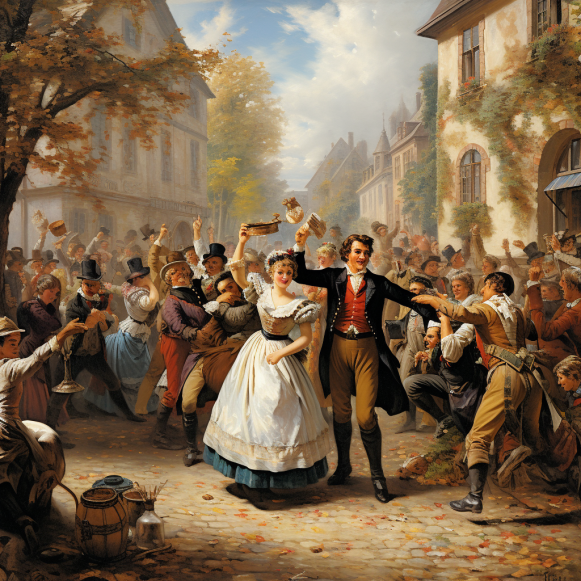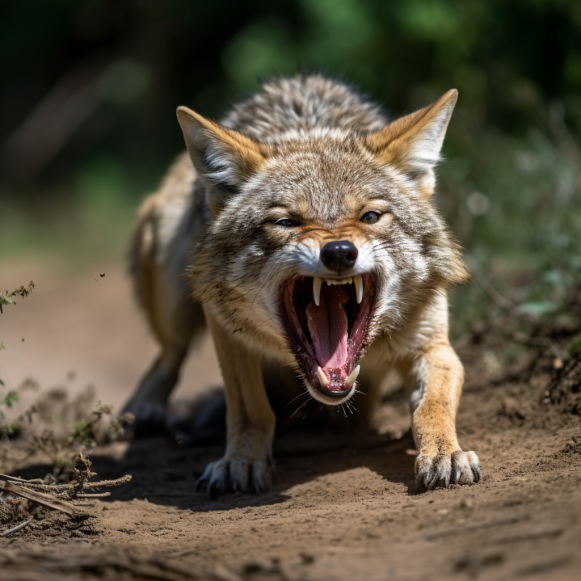Oktoberfest: It starts sooner than you think

Here’s the history behind Germany’s fall beer festival, plus tips on how to recreate it at home.
Despite its name, Oktoberfest begins much earlier than October. The 188th Oktoberfest in Munich, Germany, will take place from September 16 to October 3.
Oktoberfest is more than just a beer festival in Munich. It’s a celebration of German culture, particularly Bavarian culture. The folk festival began in 1810 as a wedding celebration for Bavaria’s Crown Prince Ludwig and Princess Therese von Sachsen-Hildburghausen. The reception lasted several days and culminated in a horse race. Oktoberfest evolved into an annual event at the nearly 104-acre site known as Theresienwiese (or simply d’Wiesen), which translates as Therese’s meadow.
With notable exceptions during the Napoleonic Wars, World Wars I and II, and for two years during the pandemic, the ever-evolving event has been held almost every year since.Prior to the pandemic, over 6 million people attended Munich’s Oktoberfest each year, with roughly 85% from Germany and the rest from all over the world. Oktoberfest returned in 2022 with 5.7 million attendees, but attendance is expected to increase this year.
The festival is held inside 14 large tents and features beer from only six Munich breweries: Augustiner, Hacker-Pschorr, Hofbräu, Löwenbräu, Paulaner, and Spaten-Franziskaner. The majority of these breweries import their beers to the United States, though some are more difficult to find than others. Amusements, music, fairground booths, carnival rides, and food stands are also available at the festival.
Oktoberfest vs. Märzen
In March 1872, Josef Sedlmayr, owner of the Franziskaner brewery (now owned by Spaten) in Munich, created the first Oktoberfest beer. He named it Märzen because he made it in March. After spending the summer cellaring it in caves, it was ready to drink in September.
Märzen is also typically slightly stronger than your average beer, so in the 1970s, Munich brewers began developing Festbier, a lighter, modern Oktoberfest beer. Festbier is similar to Märzen, but it has a lighter body and strength, allowing you to drink more while sitting and singing in an Oktoberfest tent. It’s slightly hoppy, but it still has the bready, toasty, malty flavors of a Märzen. It’s also a little lighter in color, more golden in tone. Since the 1990s, festbiers have been Oktoberfest staples.
Oktoberfest beers are now available all year, though some breweries only make them seasonally. Most well-stocked liquor stores and grocery stores carry German Märzens, Oktoberfests, and Festbiers.
However, many breweries in the Bay Area have their own interpretations. One of my favorites comes from Richmond’s East Brother Beer Co., which produces a traditional Fest Bier every autumn. Remember to serve it alongside your favorite German snack, such as bratwurst, spätzle, pretzels, sauerkraut, or schnitzel.
Prost!




